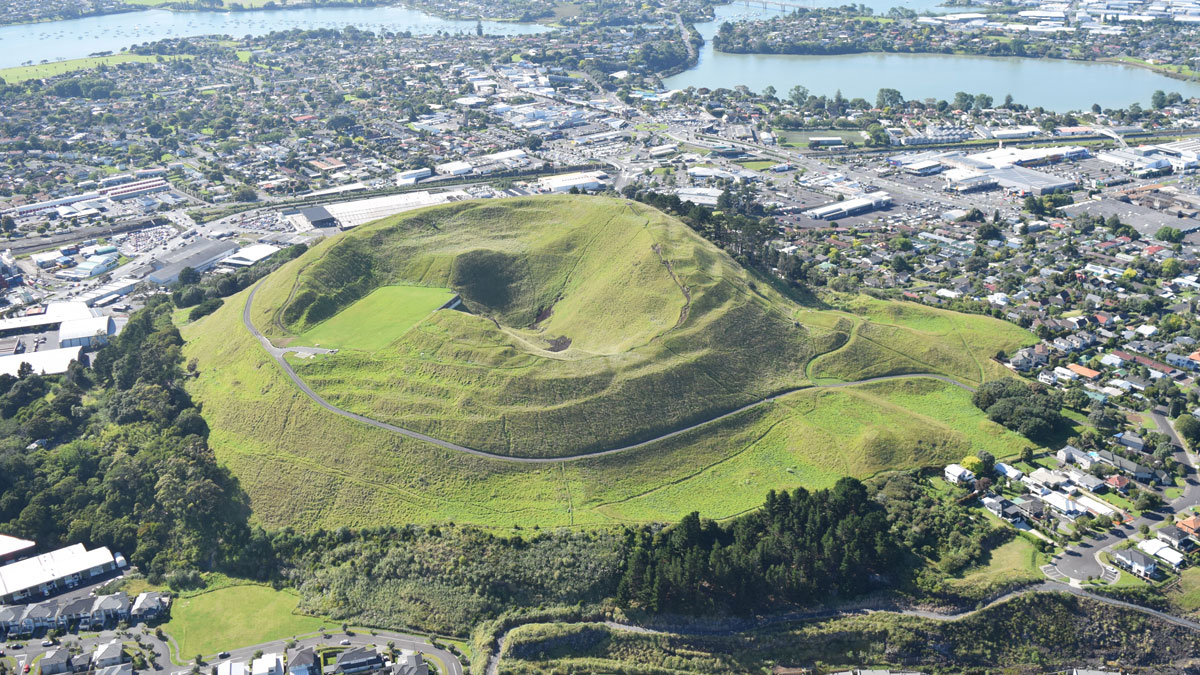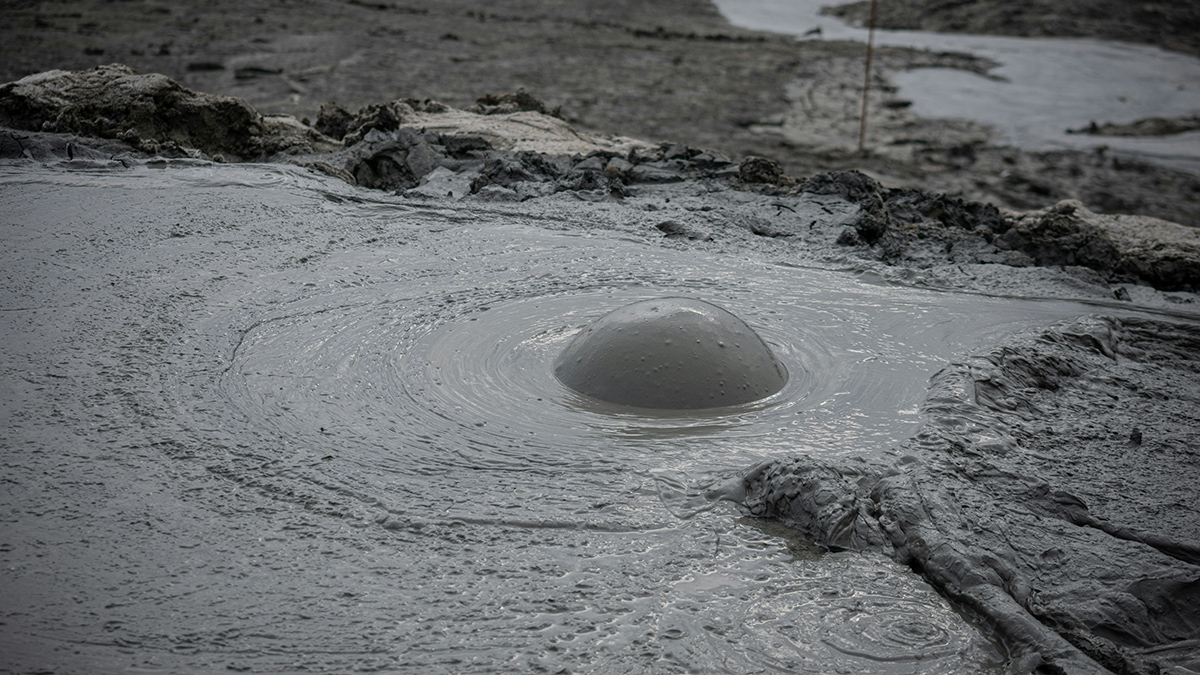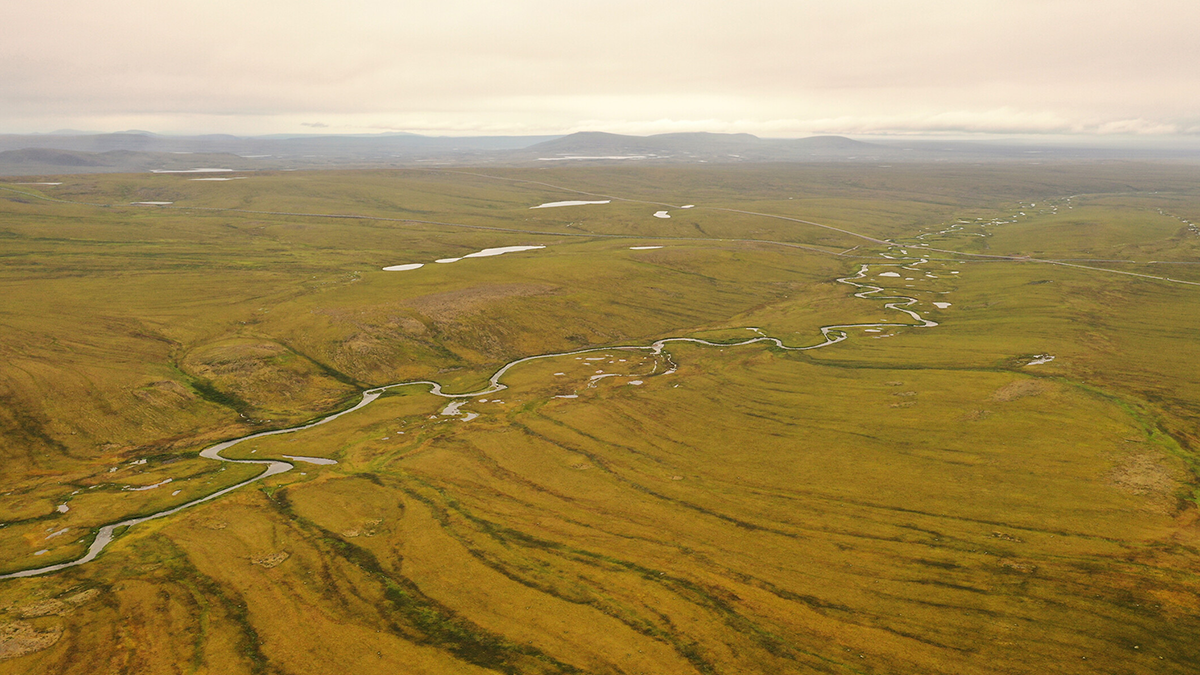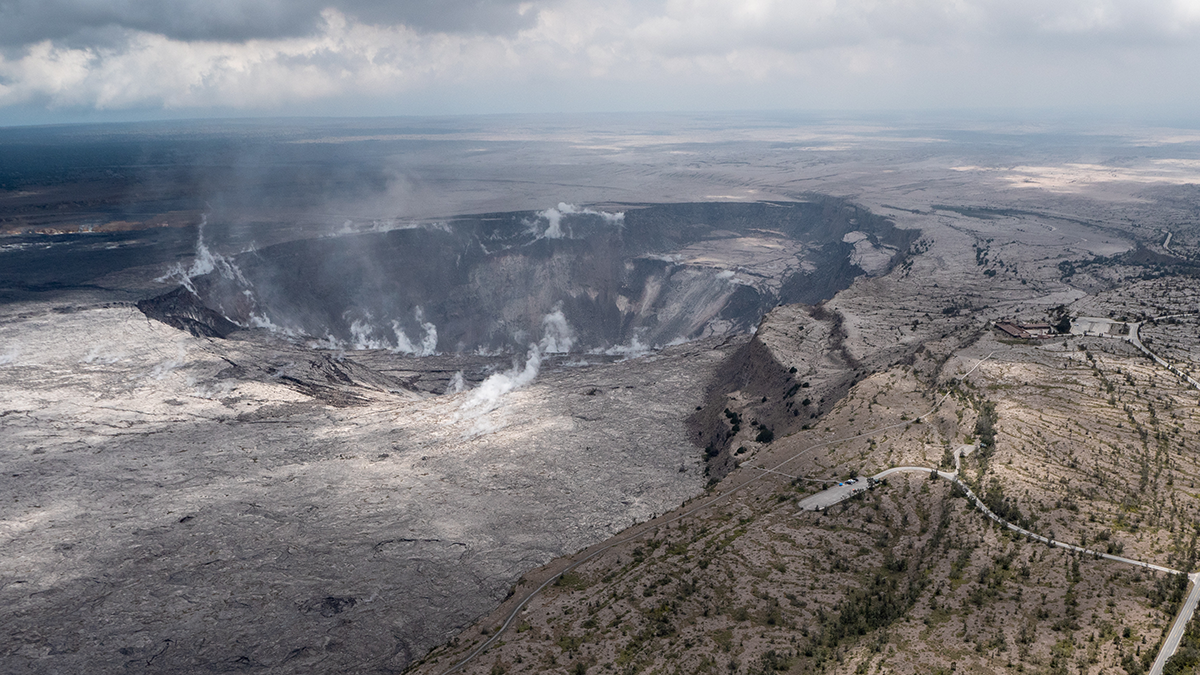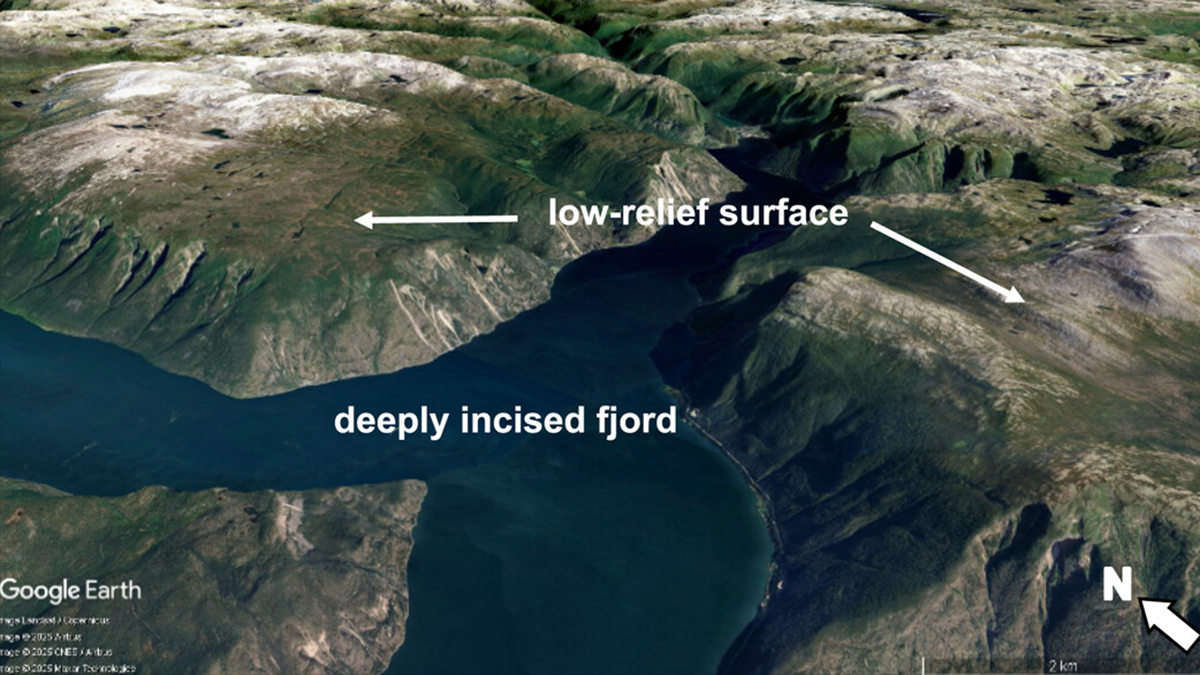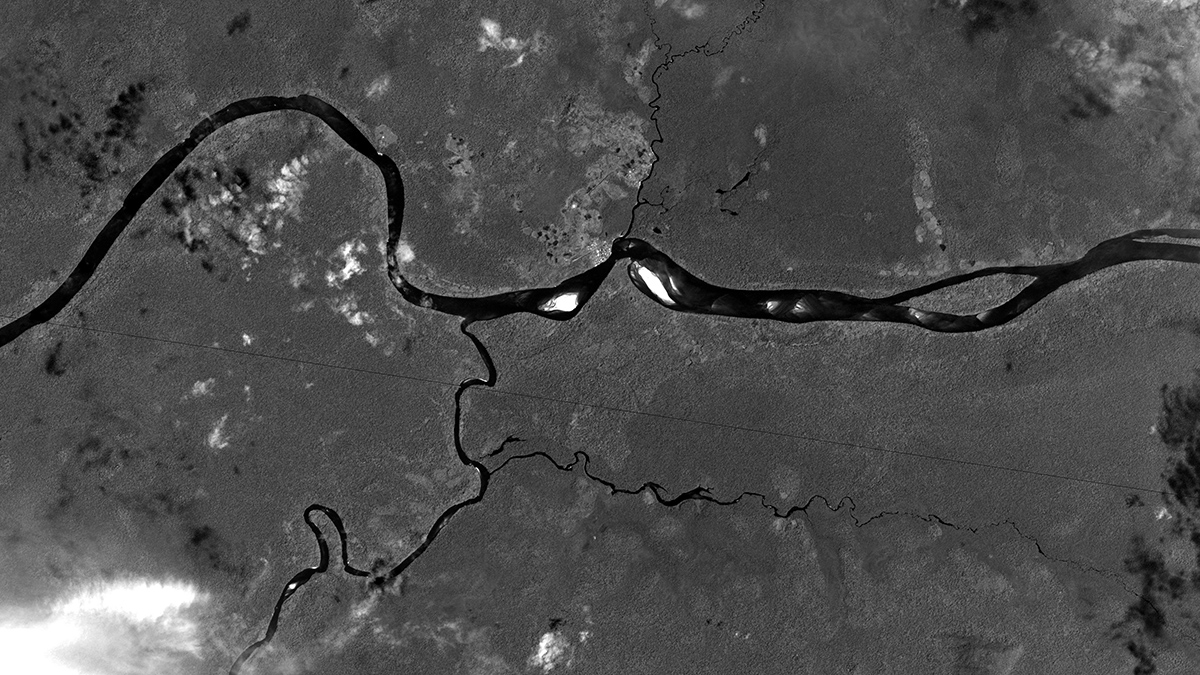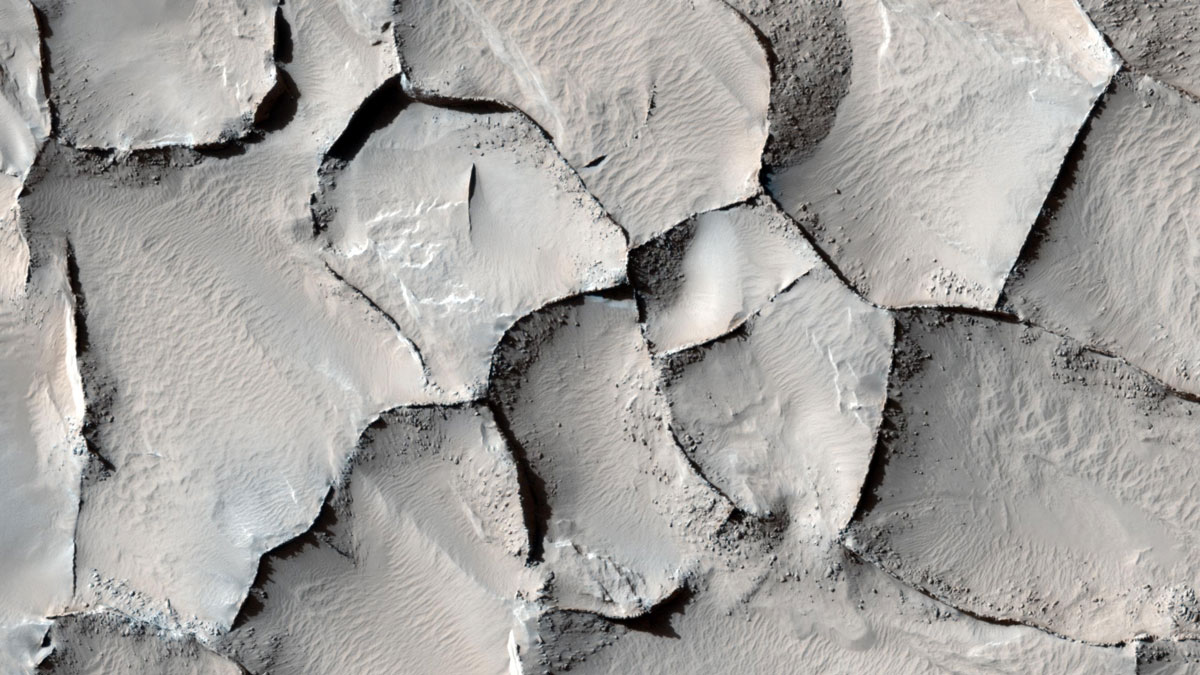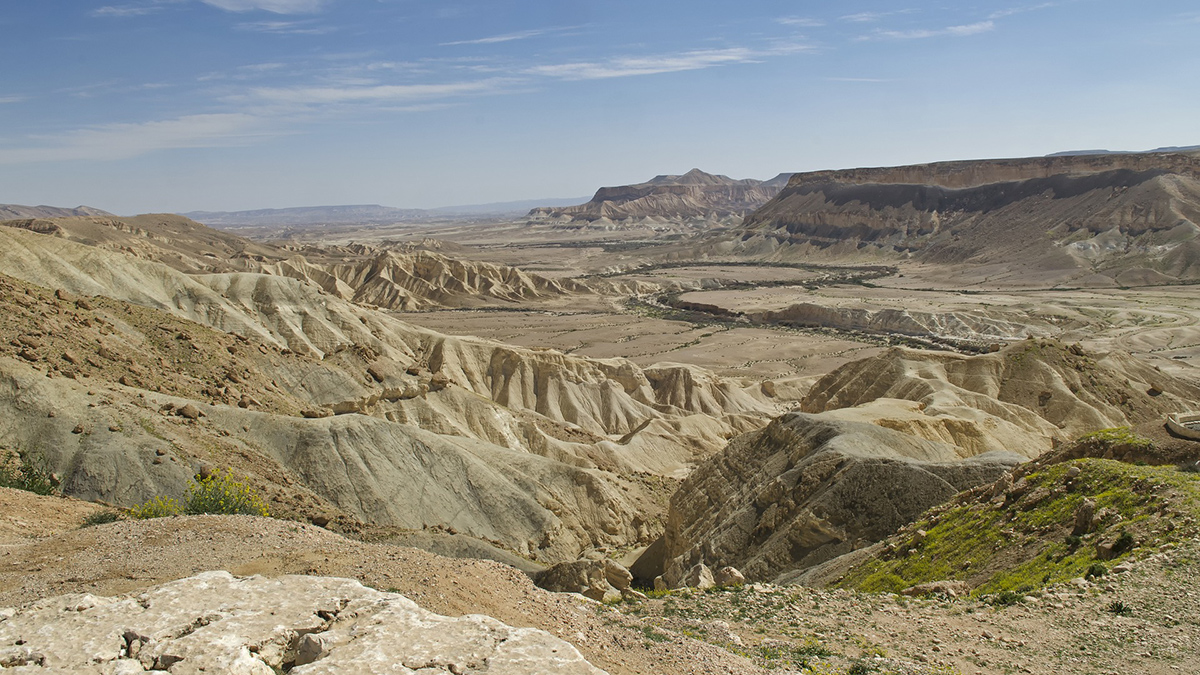An innovative analysis has identified 10 likely and 25 possible faults in the region.
geomorphology
The inflow angle and channel gradient for large landslides
A new paper (Kharismalatri, Gomi & Sidle 2025) in the journal Natural Hazards uses the concepts of the inflow angle and the channel gradient to examine the behaviour of large landslides after failure. Large landslides in areas with steep terrain that either block the valley or turn into a long runout debris flows are an […]
Mapping Mud Volcanoes in Shallow Seas
A team of scientists put together a global database of submarine mud volcanoes. Orders of magnitude more are still bubbling, undiscovered, in the deep ocean.
Water Tracks: The Veins of Thawing Landscapes
Tracing and tracking change in permafrost flowpaths could reveal the dynamics of warming poles.
Rising Concerns of Climate Extremes and Land Subsidence Impacts
Increasing interplay among extreme events and land subsidence impacts calls for urgent mitigation and policy action to reduce detrimental ramifications to infrastructure and people.
High Relief, Low Relief — Glaciers Do It All
Contrary to conventional wisdom that glaciers just carve landscapes, they can also form low-relief surfaces by sheltering rock from erosion, enriching understanding of how mountain landscapes evolve.
Investigadores cuantifican el impacto de los animales en la transformación de la Tierra
Los animales salvajes utilizan 76,000 gigajulios de energía—el equivalente a cientos de miles de monzones o inundaciones—moldeando los ecosistemas terrestres y de agua dulce de nuestro planeta.
Cracks on Planetary Surfaces Hint at Water
Imagery of fractured terrain on Venus, Mars, and Jupiter’s moon Europa pinpoints environments influenced by water.
Climate Shifts Drive Episodic Drainage Changes
Drainage divide migration is influenced by tectonics and climate over long periods. New research in Israel shows that even shorter-term wet-dry cycles can move divides.

